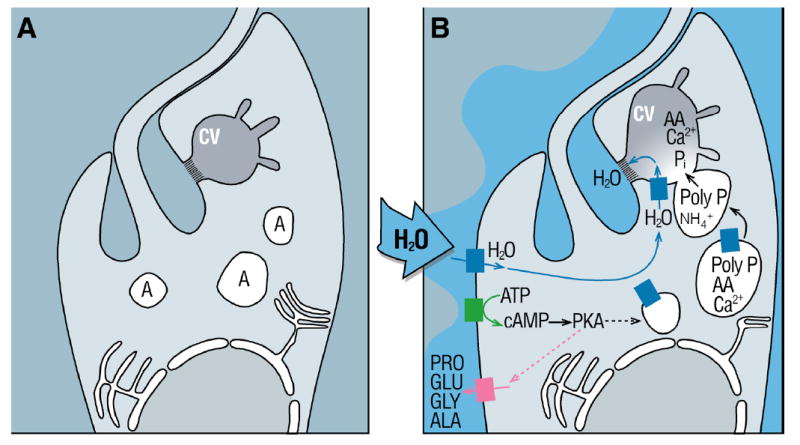Figure 2. Model proposed for regulatory volume decrease in T. cruzi.

Cell swelling causes activation of an adenylyl cyclase which results in a spike of intracellular cAMP, resulting in activation of protein kinase, amino acid release, and microtubule-dependent fusion of acidocalcisomes with the contractile vacuole with translocation of an aquaporin. A rise in ammonia and its sequestration in acidocalcisomes activates an exopolyphosphatase, which cleaves poly P, releasing inorganic phosphate residues and also the various phosphate-chelated osmolytes, such as basic amino acids and calcium. The resulting osmotic gradient sequesters water, through the aid of the aquaporin, which is subsequently ejected into the flagellar pocket.
